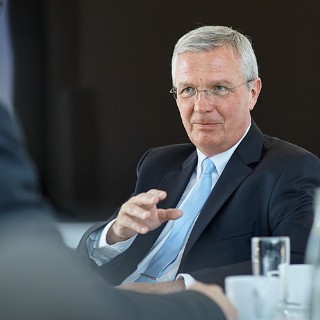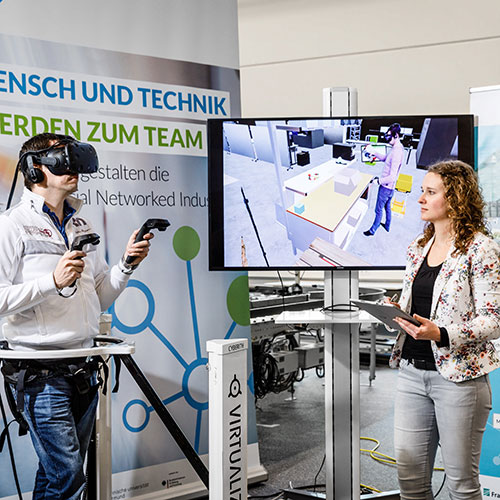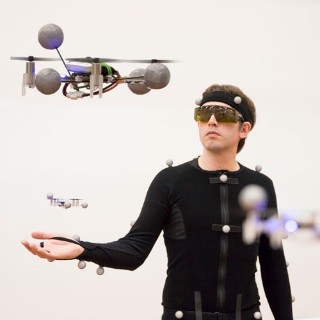Which brings us to the biointelligent systems.
Exactly. The question is how to control such systems? We have to take a look at evolution. It is the only thing that has survived the last three billion years. A lesson to be learned from that: evolution has never thought of introducing a central computer for a swarm, habitat or biosphere which is quite contrary to what we are currently doing. In future, however, we are talking about hundreds of thousands, millions or billions of such systems, all of which have the ability to act autonomously and on which weak and eventually strong AI algorithms will run. Another aspect is that we will be dealing with real-time networks in future (think of 5G). NB-IoT is an ultra-low power network which can only transfer small quantities of data and is not real-time capable.
This will evolve within 5G, so that we will have the same real-time network for both intralogistics and extra logistics. But what about the virtual environment for artificial intelligence, the biosphere of our protozoon? In my point of view, this is the central research question for the coming years.
 Fraunhofer Institute for Material Flow and Logistics IML
Fraunhofer Institute for Material Flow and Logistics IML

